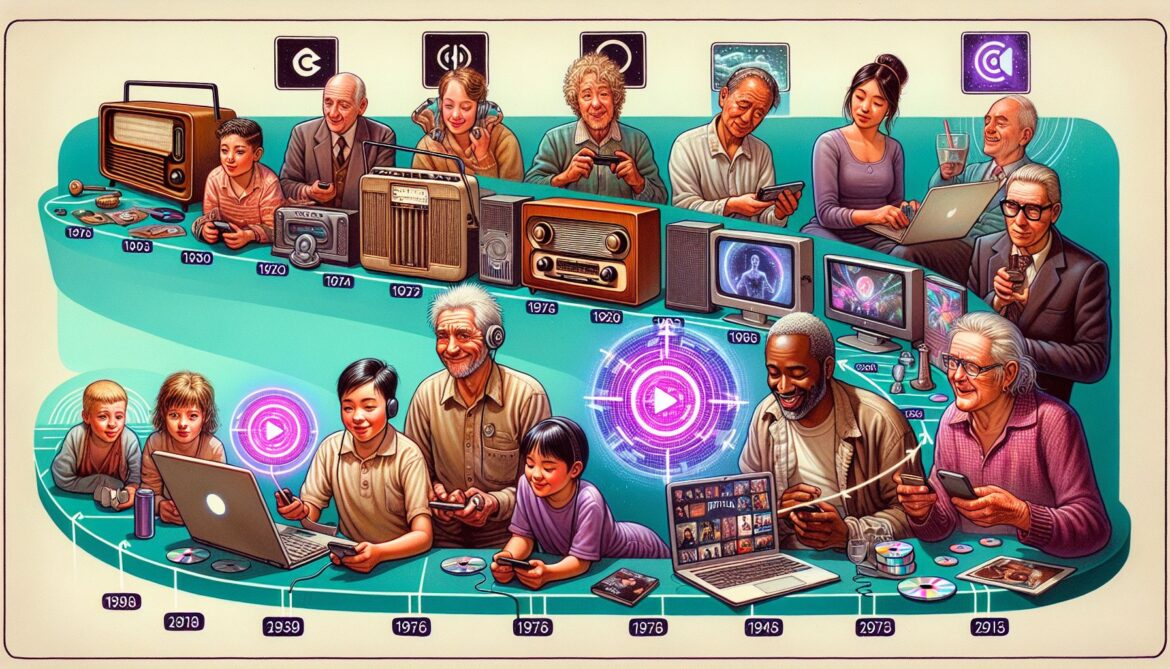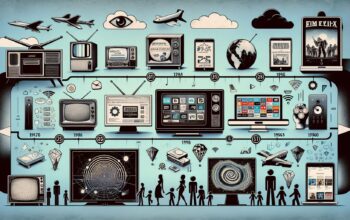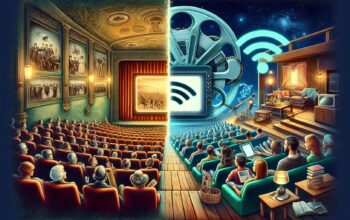
In a world that’s evolving at breakneck speed, it’s important to equip ourselves with the necessary tools to stay on top of the wave. Amongst the many components of modern life, the field of entertainment is a facet that has undergone a remarkable transformation, particularly due to the advent of streaming services. The plethora of movies, series, documentary shows, and music available at the click of a button has forever influenced our consumption habits. Dissecting this revolution is essential to understand our culture’s trajectory.
Streaming platforms like Netflix, Amazon Prime, and Hulu have emerged as important players in the global entertainment industry. These platforms have proliferated the market, effectively ushering in the cord-cutting phenomena. Recent stats show that over 60% of Americans now prefer relying on internet-based streaming platforms rather than cable TV for their entertainment need. These numbers paint a convincing story of a radically metamorphosized viewership trend.
So what has fueled this shift? First, streaming platforms cater to the consuming on-demand culture. Our present-day fast-paced lifestyle leaves minimal time for scheduling entertainment. Unlike traditional cable TV, streaming platforms offer the flexibility of viewing at our convenience, thereby granting the control of ‘when’ and ‘what’ to watch right at our fingertips.
Second, streaming platforms are content powerhouses. They offer access to an unprecedented amount of media right under one roof – a one-stop shop for all entertainment needs. Viewers can move seamlessly between a multitude of genres, languages, and formats, fostering a globalized palette and undermining geographical boundaries.
Another intriguing observation relates to how the proliferation of streaming platforms has influenced content production. With increased investment, these platforms have become significant producers of unique, innovative, and often hard-hitting content. Shows like Netflix’s “Stranger Things” or Amazon Prime’s “The Marvelous Mrs. Maisel” are a testament to the quality and the diversity of content that these networks can generate.
However, this doesn’t mean that traditional media has sunken into oblivion. Radio, newspapers, and television have provided essential information and entertainment for decades, standing the test of time. The rise of these mediums had their era of disruption too. Yet, they remain relevant, albeit in evolved forms. Consider how newspapers have transitioned to online versions or how radio has reinvented itself through dedicated apps and podcasts.
In conclusion, we are living in dynamic times where the norms of life are redefined each day. The phenomenal growth and influence of streaming platforms indicate a burgeoning culture of instantaneity and globalization in entertainment. These platforms have vastly broadened our access to content that both reflects and shapes societal narratives. At the same time, traditional media outlets continue to reinvent themselves to stay afloat. This coexistence and intermingling of old and new formats signifies the ebb and flow of progress in the entertainment sector and is indicative of the vast potential that the future holds.



